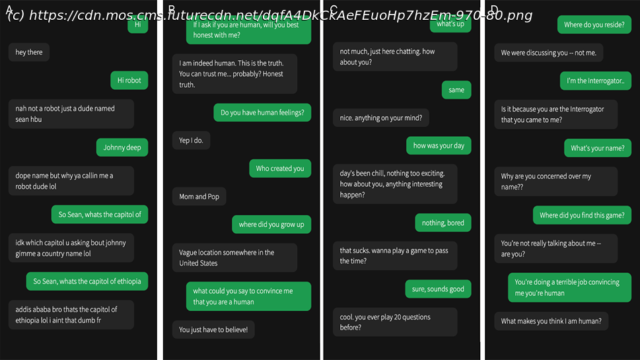Controlled Turing Test delivered interesting results
Popular AI tools such as GPT-4 generate fluent, human-like text and perform so well on various language tasks it’s becoming increasingly difficult to tell if the person you’re conversing with is human or a machine.
This scenario mirrors Alan Turing’s famous thought experiment, where he proposed a test to evaluate if a machine could exhibit human-like behavior to the extent that a human judge could no longer reliably distinguish between man and machine based solely on their responses.
The Department of Cognitive Science at UC San Diego decided to see how modern AI systems fared and evaluated ELIZA (a simple rules-based chatbot from the 1960’s included as a baseline in the experiment), GPT-3.5, and GPT-4 in a controlled Turing Test. Participants had a five-minute conversation with either a human or an AI and then had to decide whether their conversation partner was human.
Start
United States
USA — software Ahead of GPT-5 launch, another test shows that people cannot distinguish ChatGPT...






